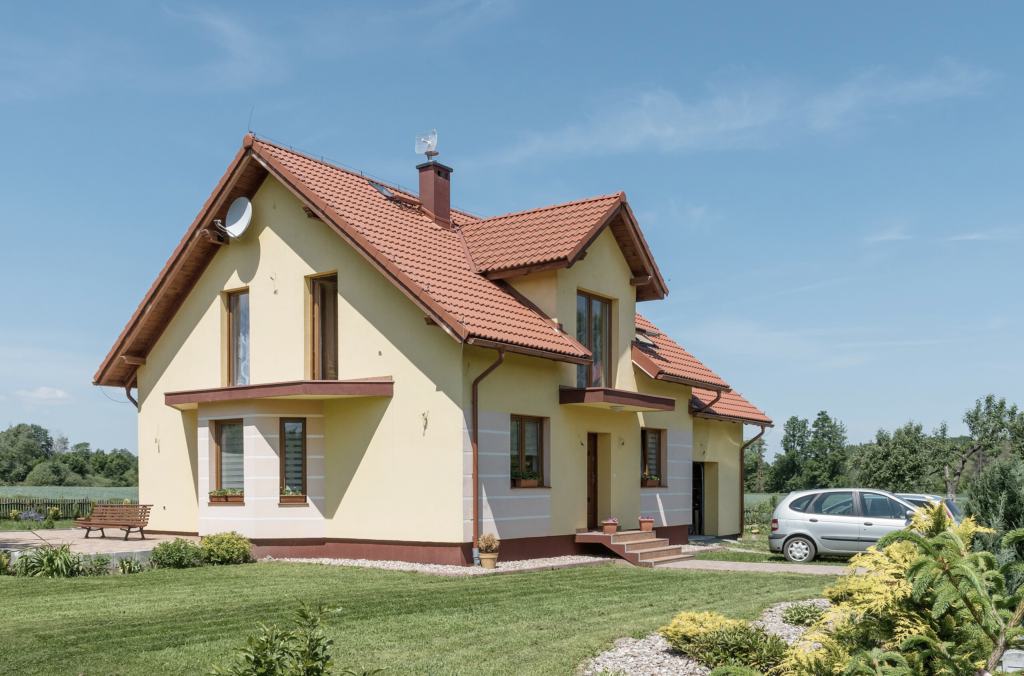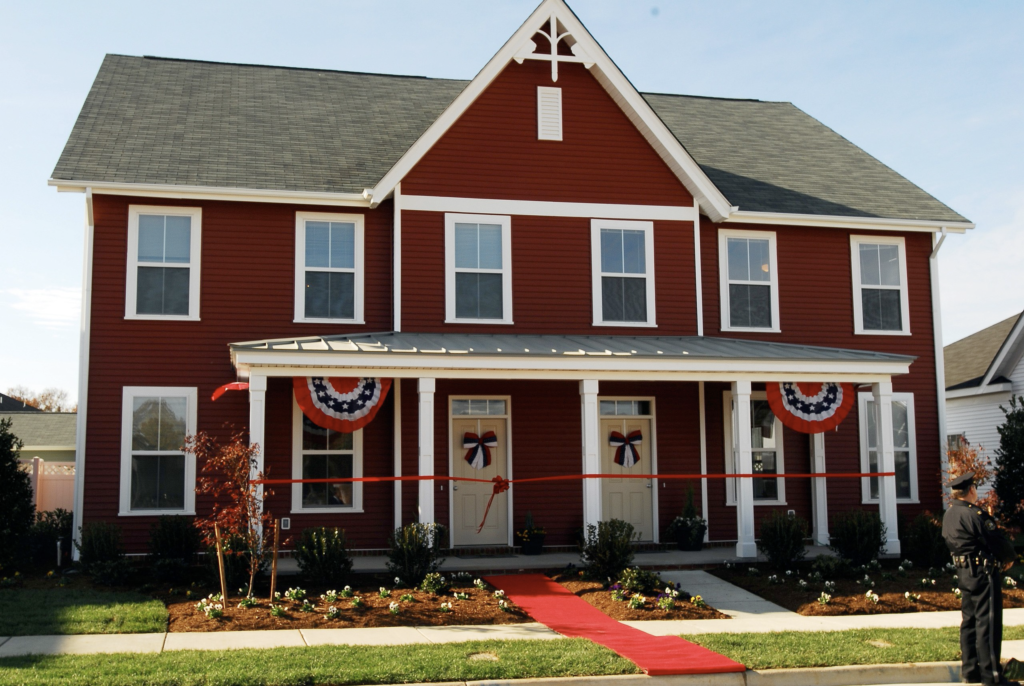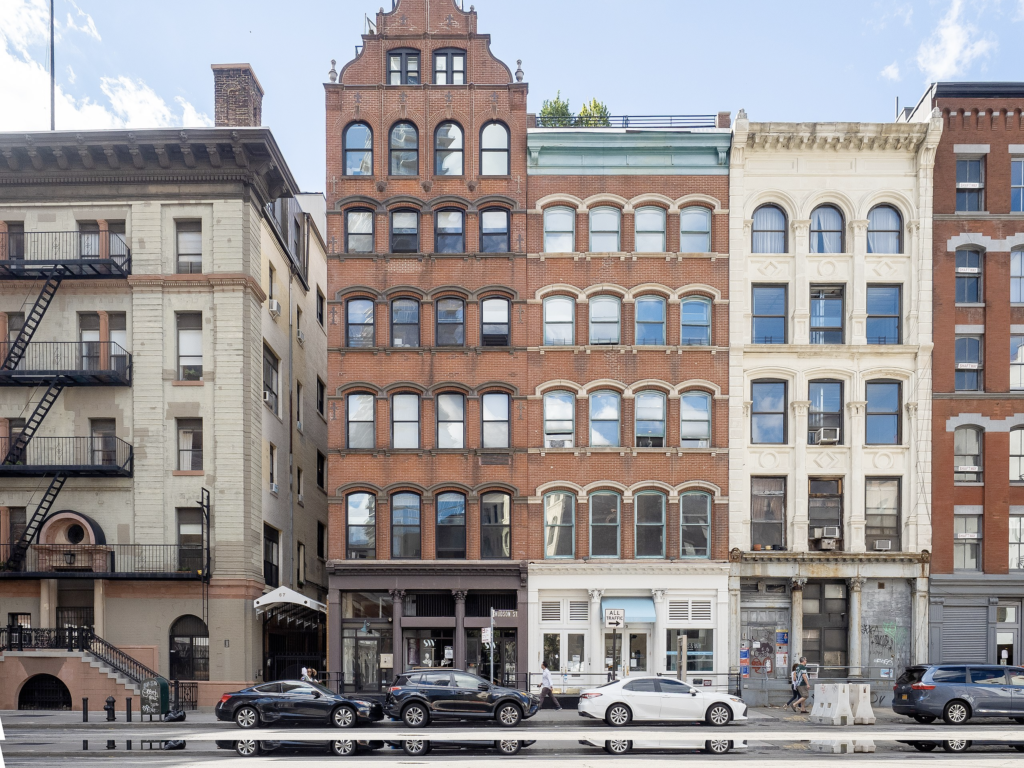Last year we were invited to the Nashua Sustainability Fair and we were invited back this year in 2024!
This year we spent time talking about the dense housing, zoning and its connection to both climate friendliness and lower heating/cooling bills.
New Hampshire and the American northeast has some of the highest heating/cooling bills in the nation, spending more on energy than any other set of states.

via https://www.self.inc/info/cost-of-heating-air-conditioning/
With energy bills costing so much, it is more important than ever that we provide the American people with housing options that allows them to lower the cost of their energy bills.
At the Sustainability Fair with the allure of fresh made brownies, we showed folks three different types of housing and asked which was the most efficient:

Single family detached house
By Jacek Halicki – Own work, CC BY-SA 4.0, https://commons.wikimedia.org/w/index.php?curid=59559882

Single family attached home (duplex)
By U.S. Navy photo by Mass Communication Specialist 2nd Class Kevin L. Burleson – This image was released by the United States Navy with the ID 061106-N-1023B-014

Higher density – multifamily housing (row house/apartments)
By ajay_suresh – Tribeca, New York, CC BY 2.0, https://commons.wikimedia.org/w/index.php?curid=110475434
Folks usually fell into one of two categories, either:
- Saying that the single family house was the most efficient
- Saying that the multi family housing was the most efficient
With the majority of folks saying the multi family housing was the most efficient.
Going by the EPA’s own numbers, multi-family housing is more efficient than single family housing by a substantial margin. Trailed by attached single family housing such as duplex, triplexes, etc. All of the stats are compiled here by myself:

Report compiled by Jonathan Rose Companies for the EPA: https://www.epa.gov/sites/default/files/2014-03/documents/location_efficiency_btu.pdf
Noting that by the numbers presented here, moving from a single family house to a multi family house could net almost 60% savings in energy bills in a best case scenario.
To make it easy for folks to see their energy savings as well as carbon emission savings, I also wrote a small website where folks can enter their energy bill, their house type, and a house type to compare against to see what the savings would look like, available here: https://sustainability-fair.labs.darrien.dev/

Sample from: https://sustainability-fair.labs.darrien.dev/calculate.html?user_house_type=std_detached_single_family&house_type_compare_against=std_multi_family&energy_bill_amt=386
I don’t know CSS :*)
Noting the major differences in energy bills as well as carbon emission savings, we talked about how housing choice was important. If folks want to live in higher density housing, the option should be there!
However in Nashua as is the case with most cities in the United States, only downtown is zoned to allow higher density housing.
A lot of folks were not aware it was simply not legal to build higher density housing in most places outside of downtown. In NH, a state famously deregulated (Live free or die) it was very surprising for folks to hear they could not build if they wanted to except in very special circumstances.
The good folks in Nashua planning are looking to potentially update the Nashua zoning code, which given enough input could allow for additional density and provide more housing choice.
We mentioned the project, Nashua reCODE – the rezoning project, collected some emails, and folks were on their way!
All in all it was a great day! Folks were receptive to hearing about higher density housing. We’re making great progress towards a more walkable, livable Nashua!
0 Comments